What is a CSA?
Community Supported Agriculture (CSA) is basically a subscription to the crops a farm has to offer. The customer pays a designated amount up front to become a member of the CSA. Then, throughout the growing season, the farmer provides the customer with weekly shares of the harvest. The customer benefits from the bounty and planning of the farmer, but also shares in any weeks that are less bountiful.
What crops will be included in the Fail Better Farms CSA shares?
We’ll offer washed and cut bagged salad, collard greens, spinach, kale, broccoli, beets, green beans, garlic, cabbage, green peppers, eggplants, carrots, turnips, scallions, storage onions, tomatoes, cucumbers, and basil. (Click here to see the projected crop schedule.)
What else is included in the Fail Better Farms CSA?
You’ll receive a weekly newsletter letting you know which crops you’ll be receiving, suggested recipes for preparing those vegetables, and news about what’s going on at the farm. (Click here to see a sample newsletter from last year.)
Each Saturday during the CSA pick-up window, customers are welcome to tour the farm and check out the crops.
NEW THIS SEASON! Customers located within a 10 mile radius of our farm can opt for weekly deliveries of their shares.
What kind of person is the right fit for the Fail Better Farms CSA?
Our ideal CSA customer is someone who…
enjoys cooking and preparing fresh food at home,
cares about eating food grown with sustainable, organic practices,
can find time on Saturdays to pick up their share,
and wants to support a local farm.
What does an example share look like?
Below are images of sample CSA shares from last year’s season.
How can you learn more?
Check out our CSA Membership Agreement to learn more. If you’re interested in joining our CSA, simply complete the form at the bottom of the Membership Agreement.
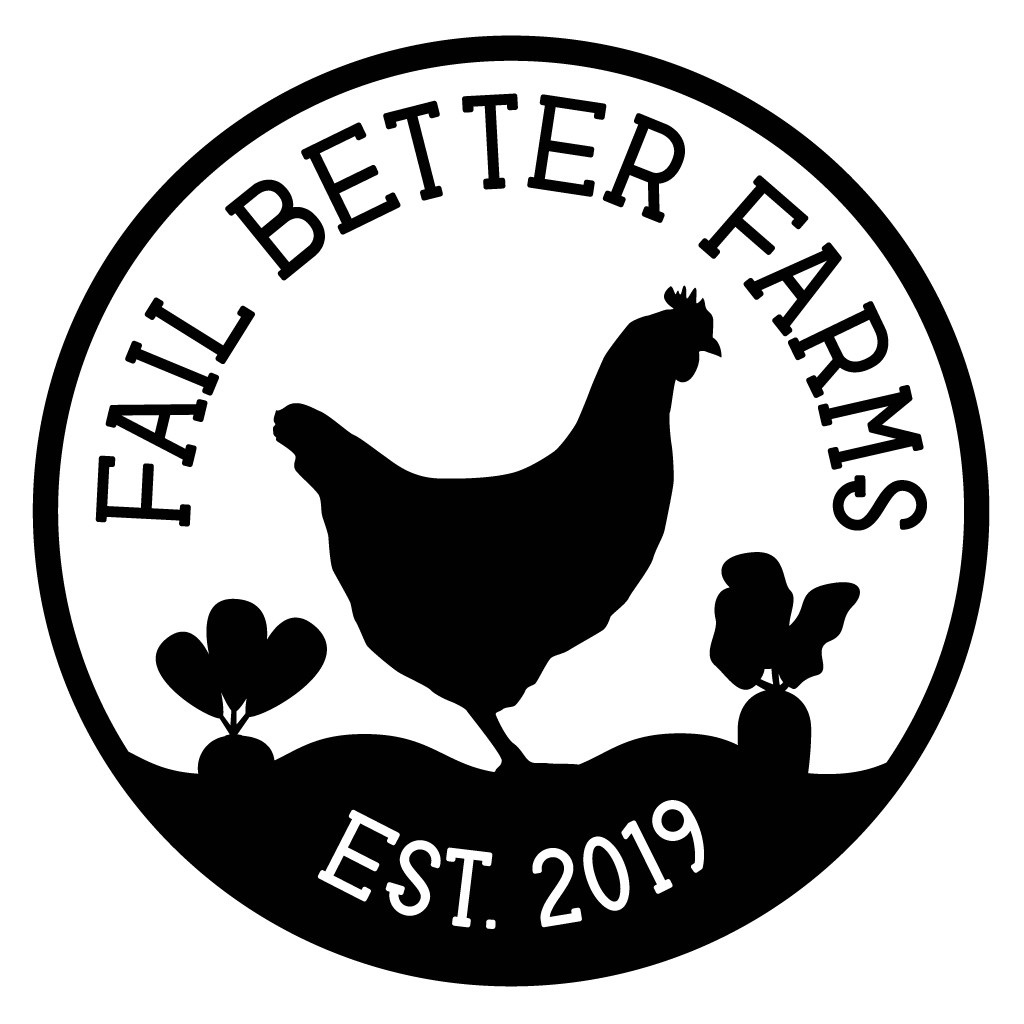
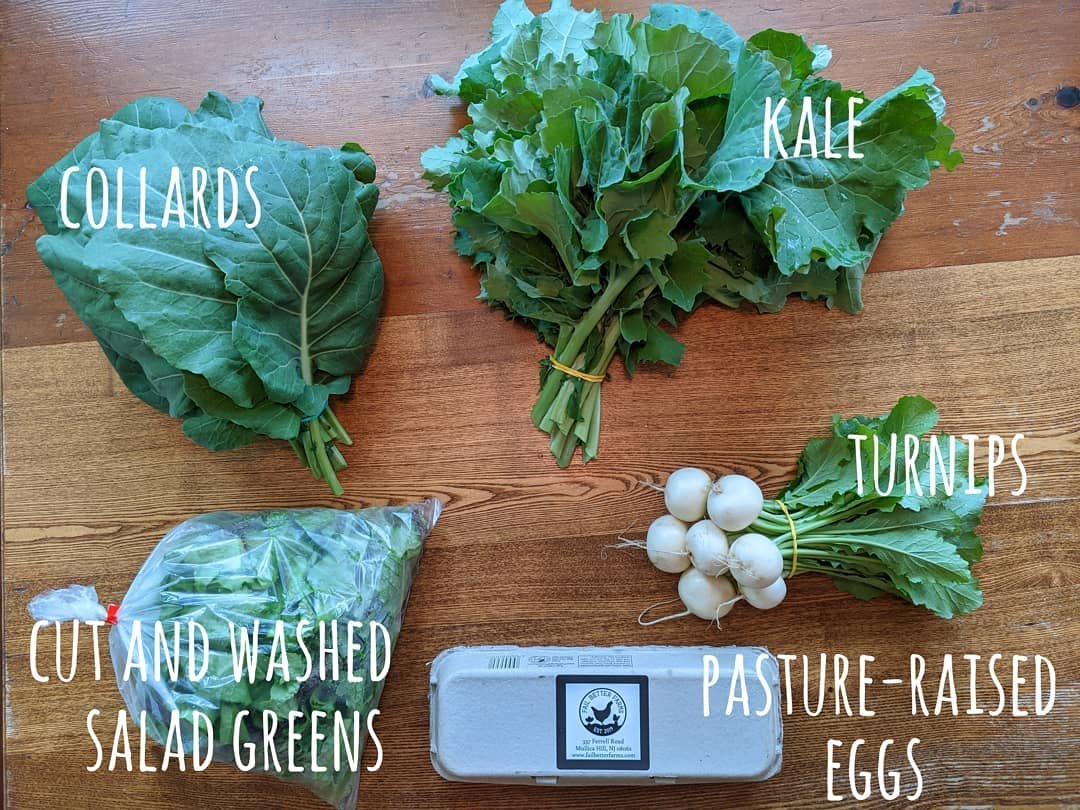

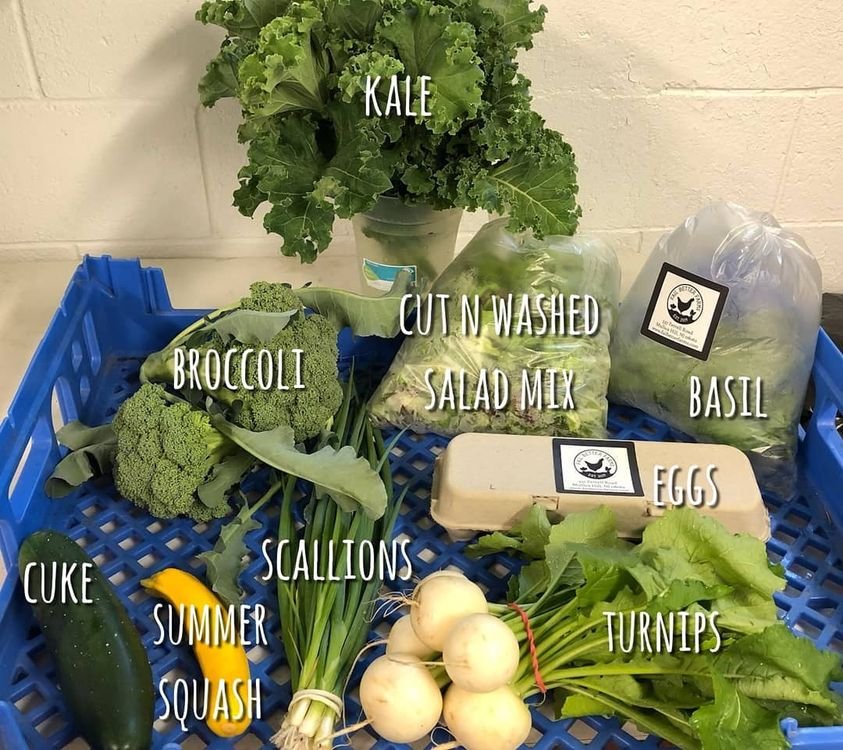
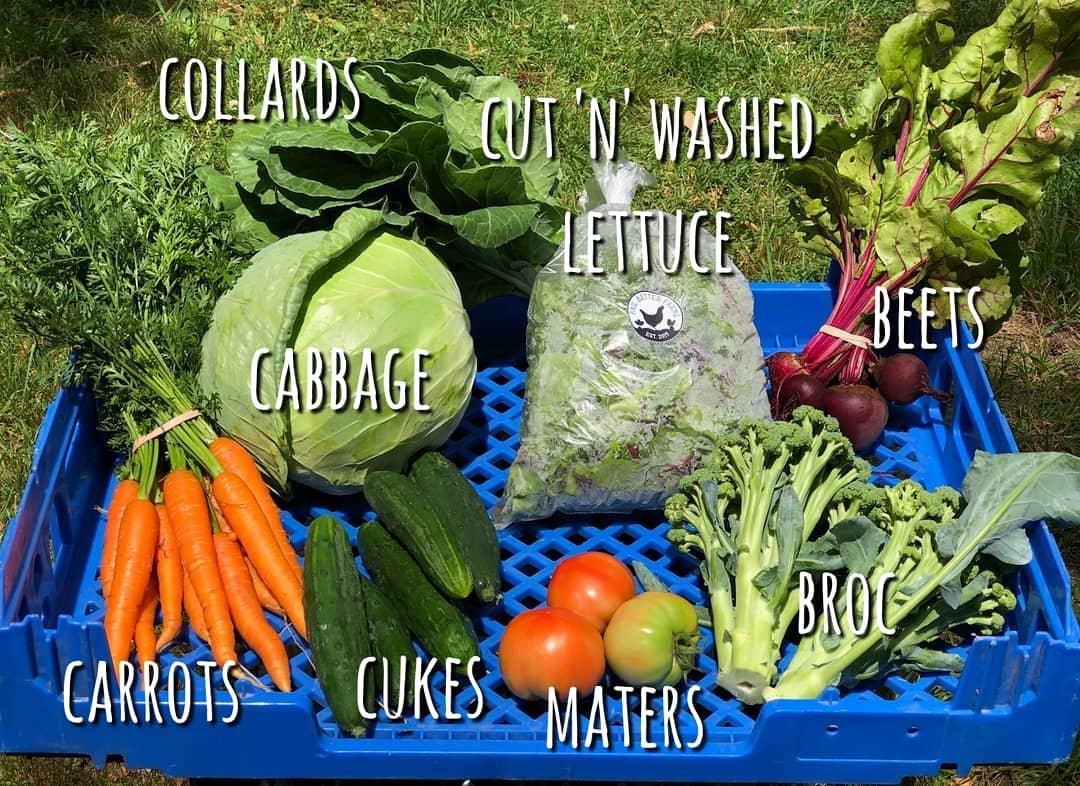
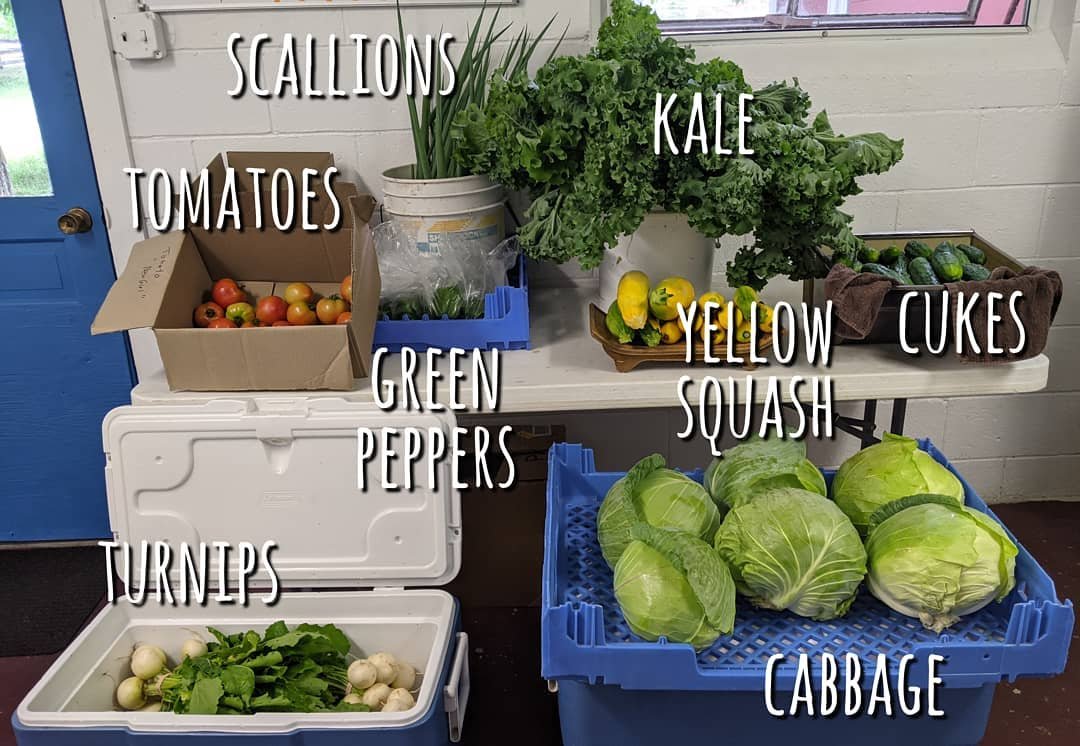



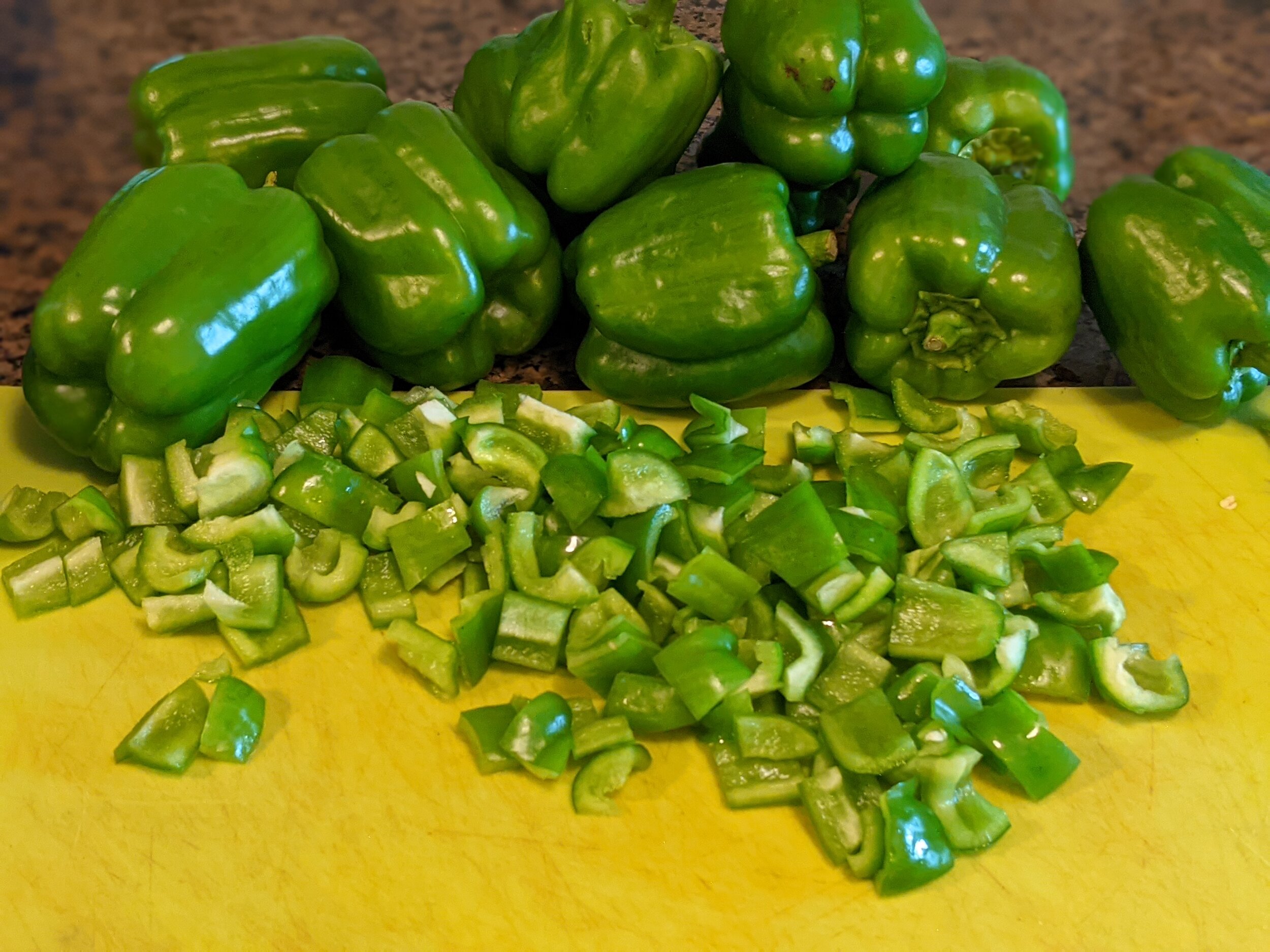

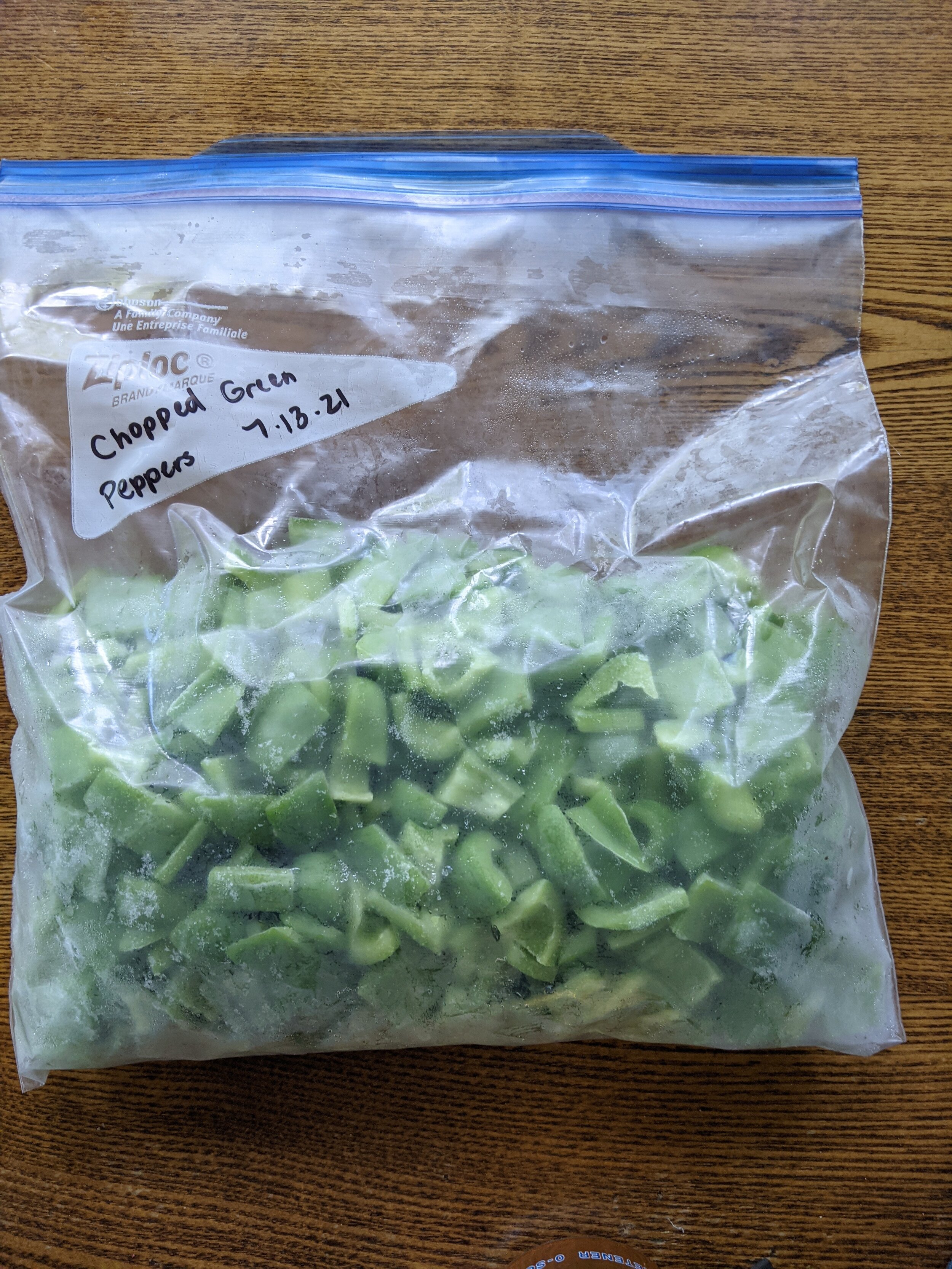















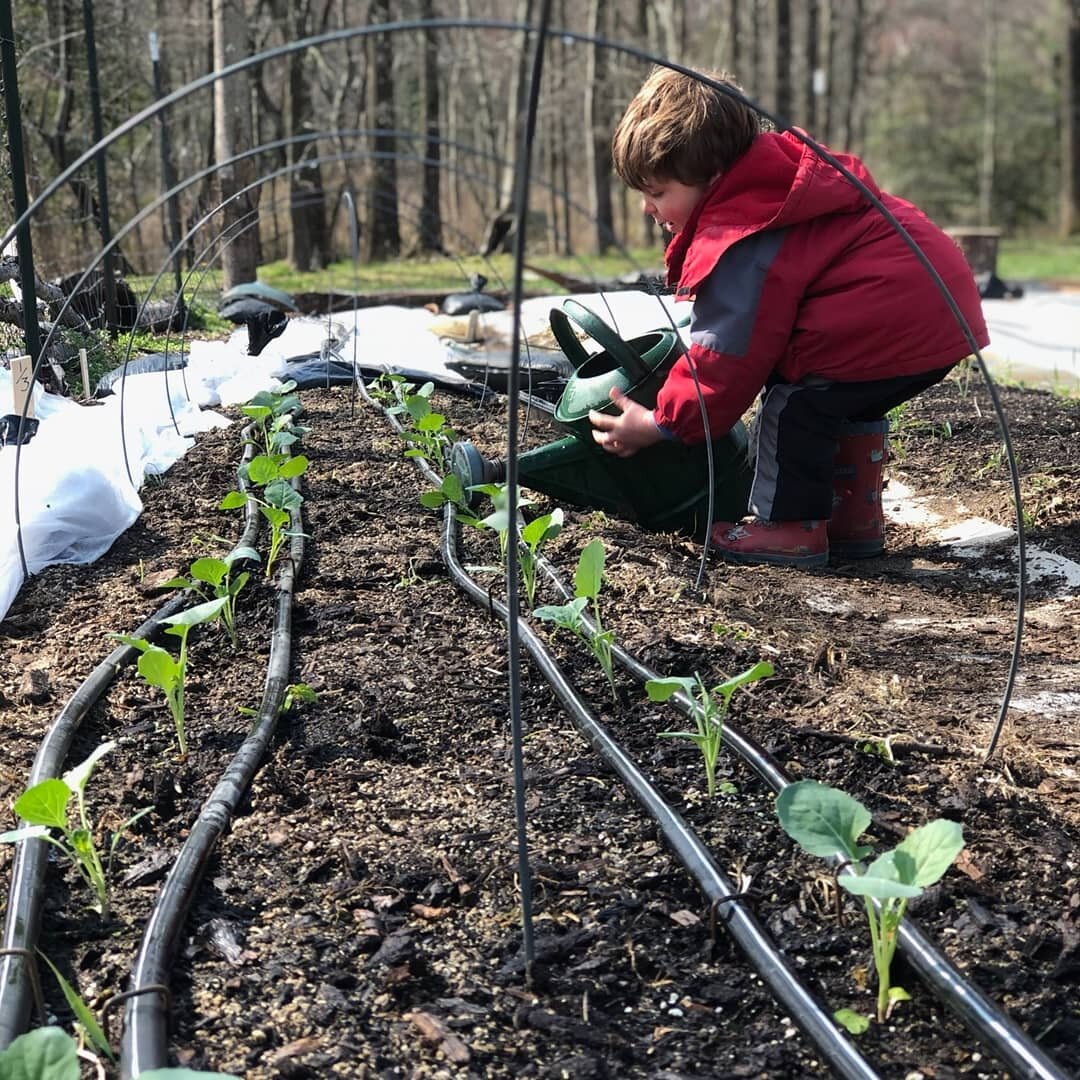

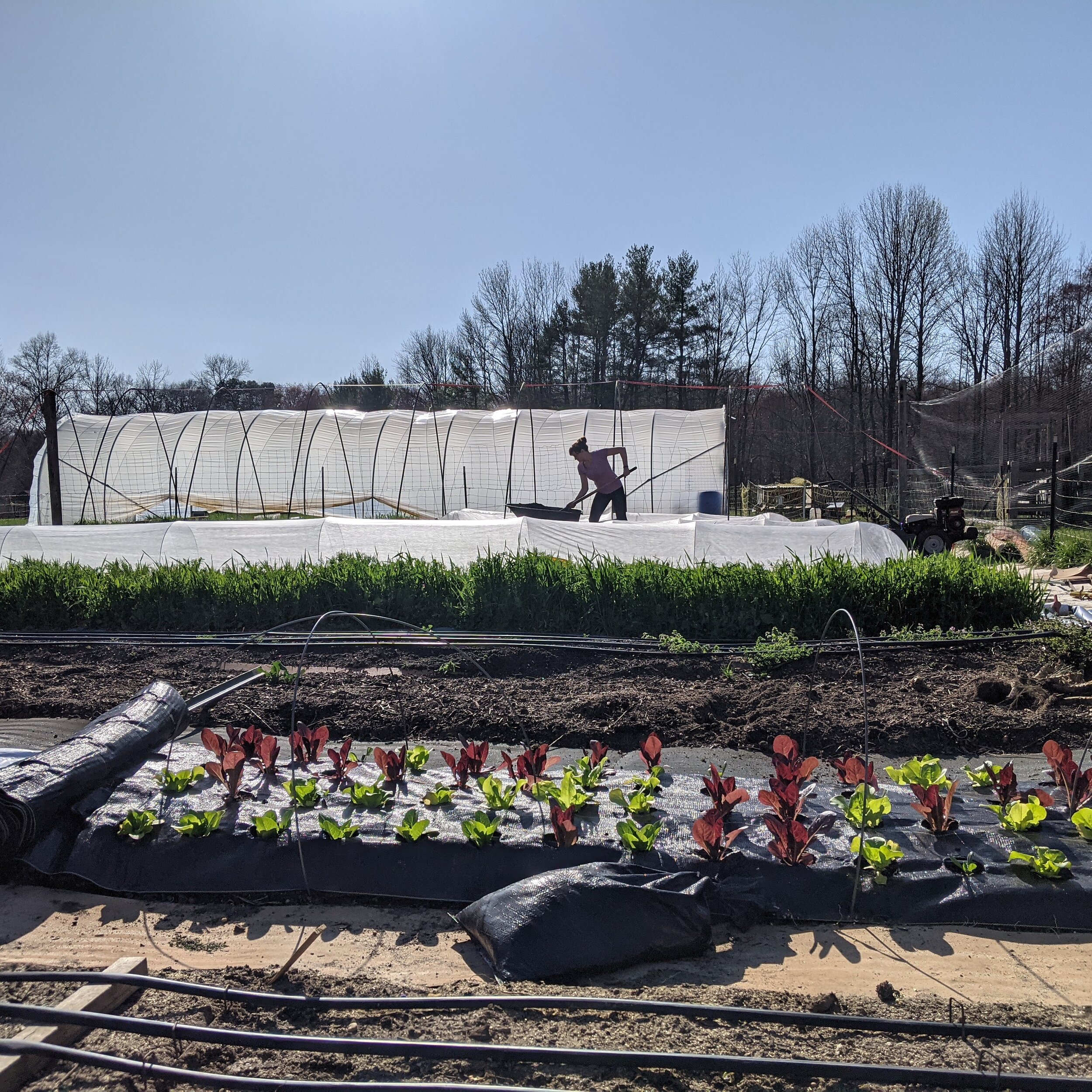


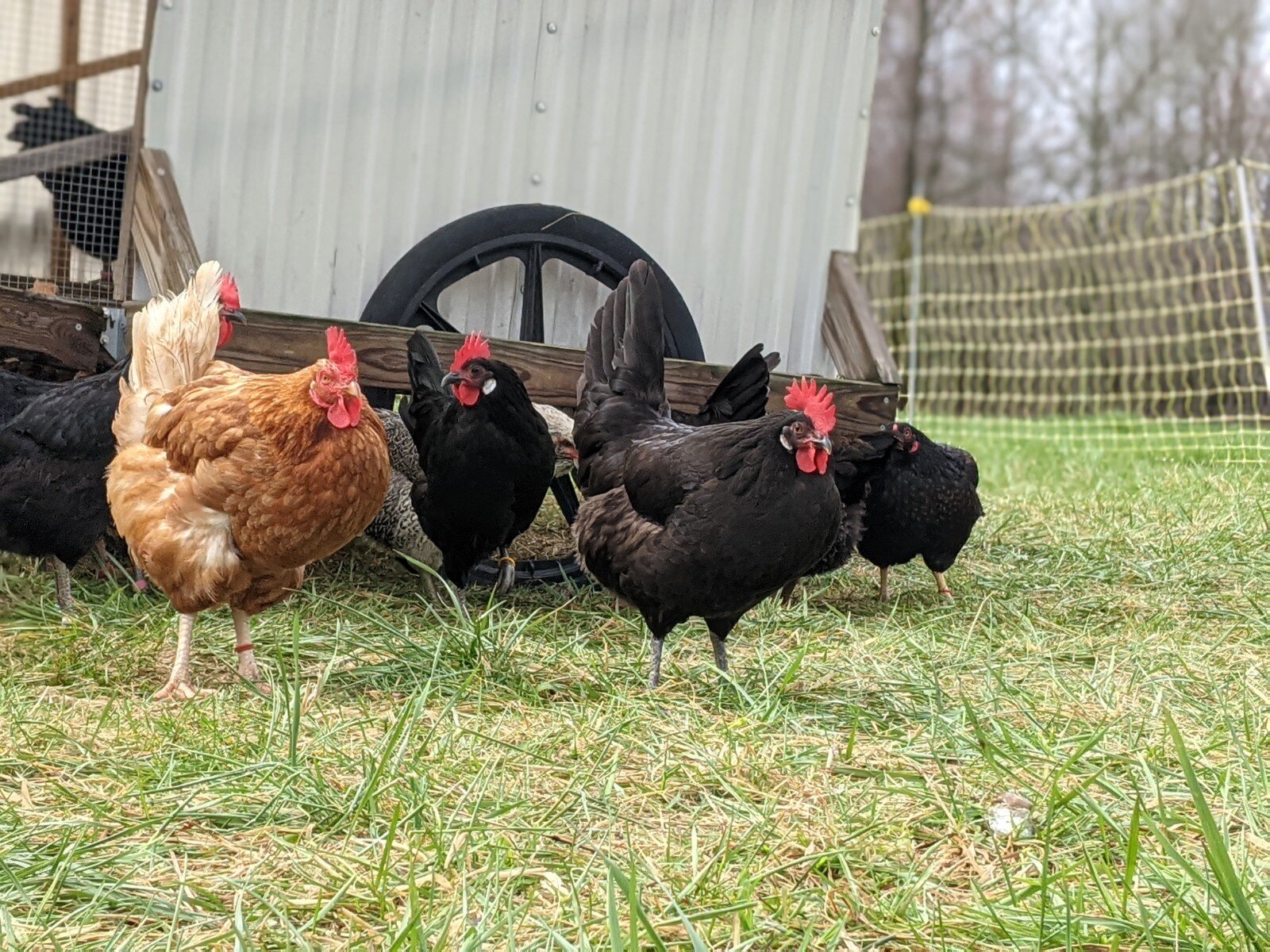
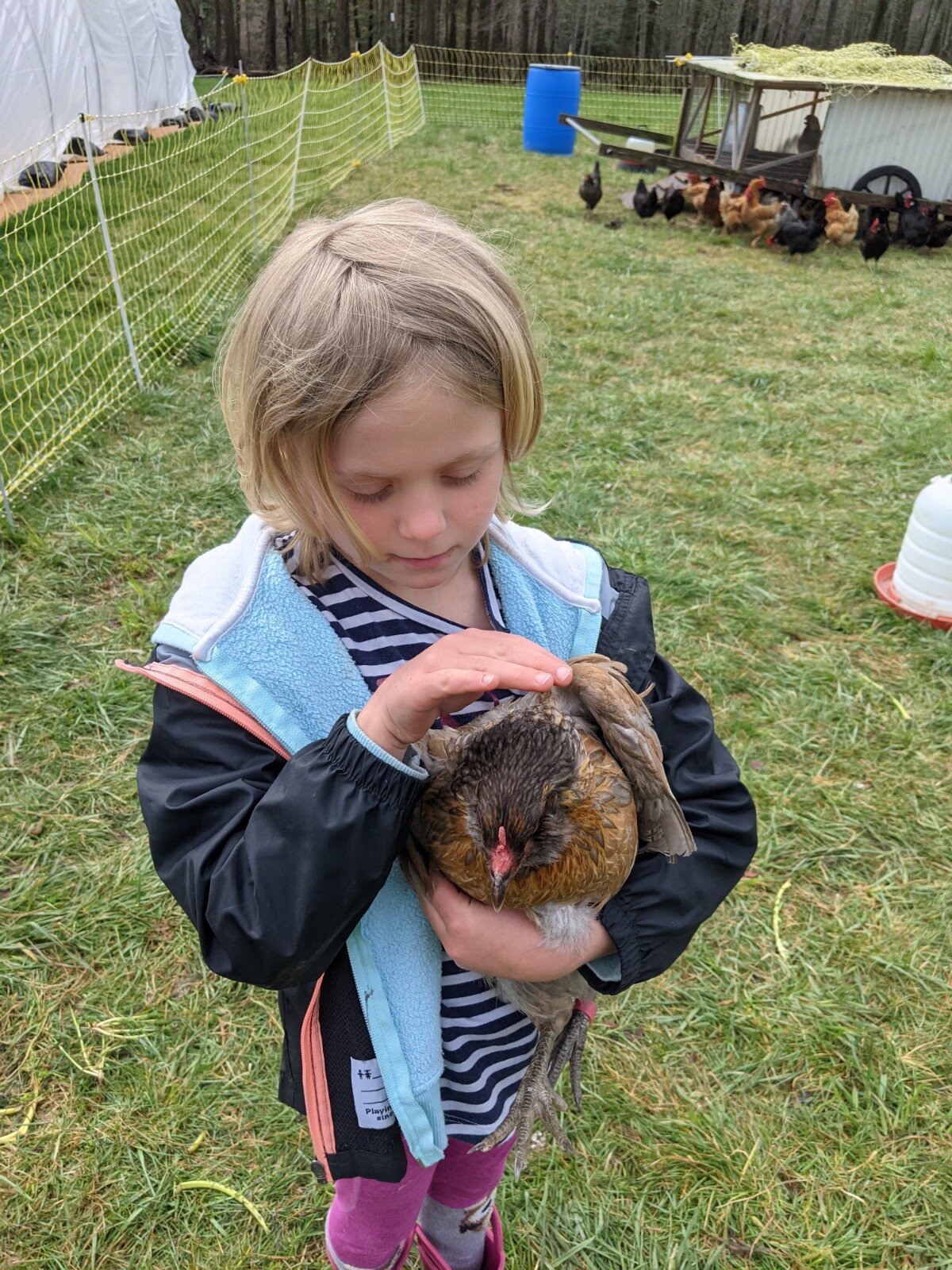
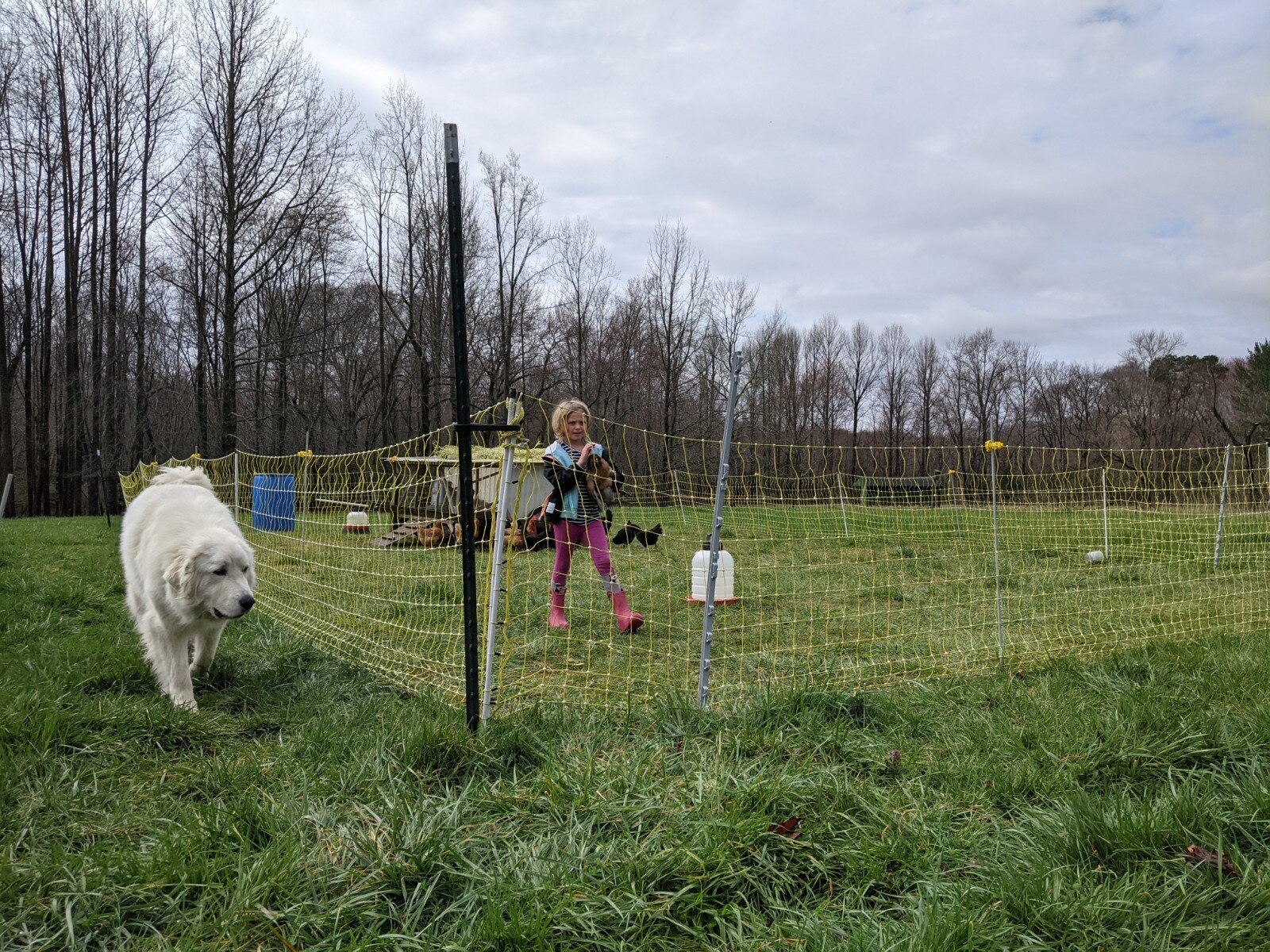


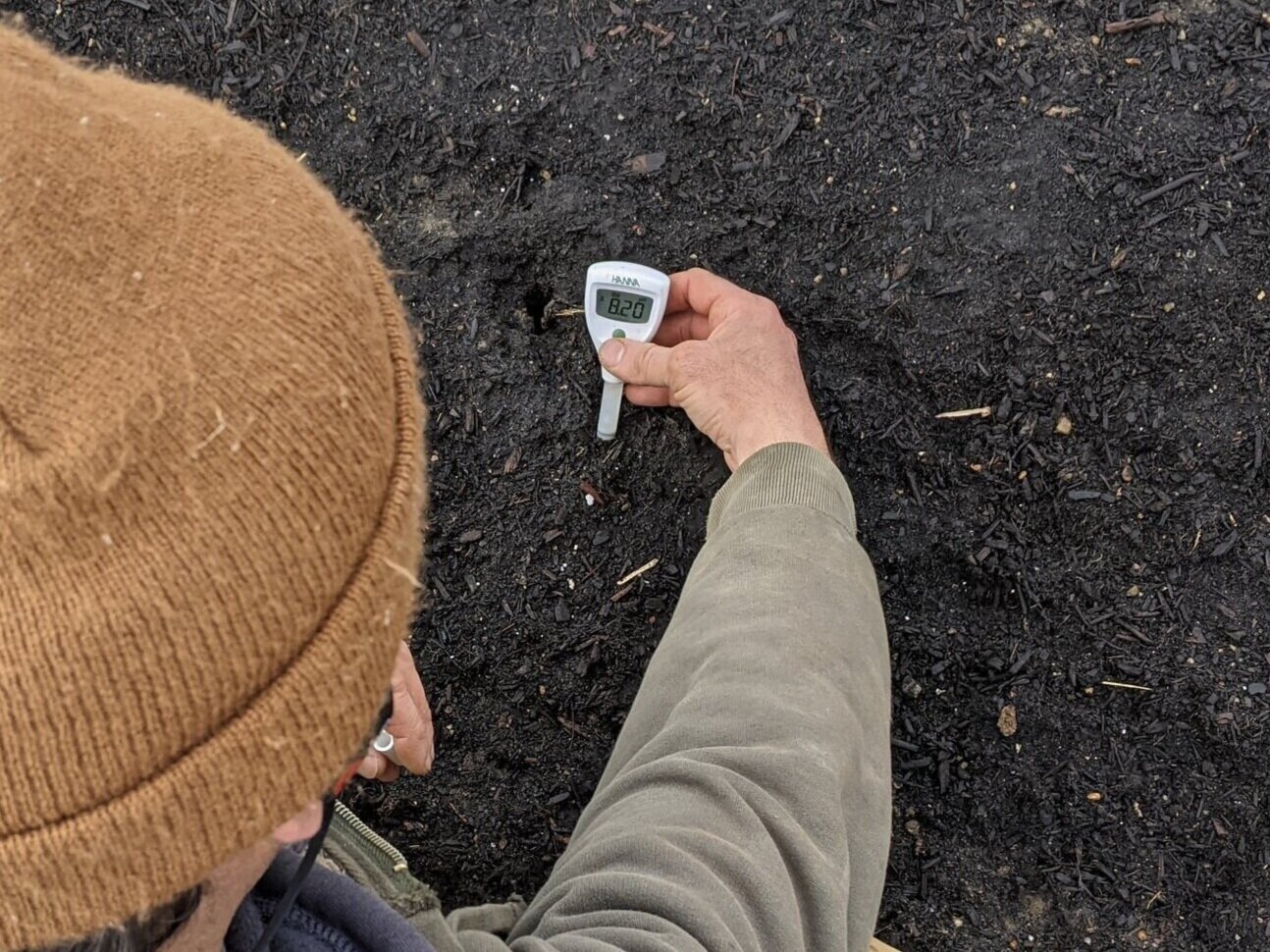
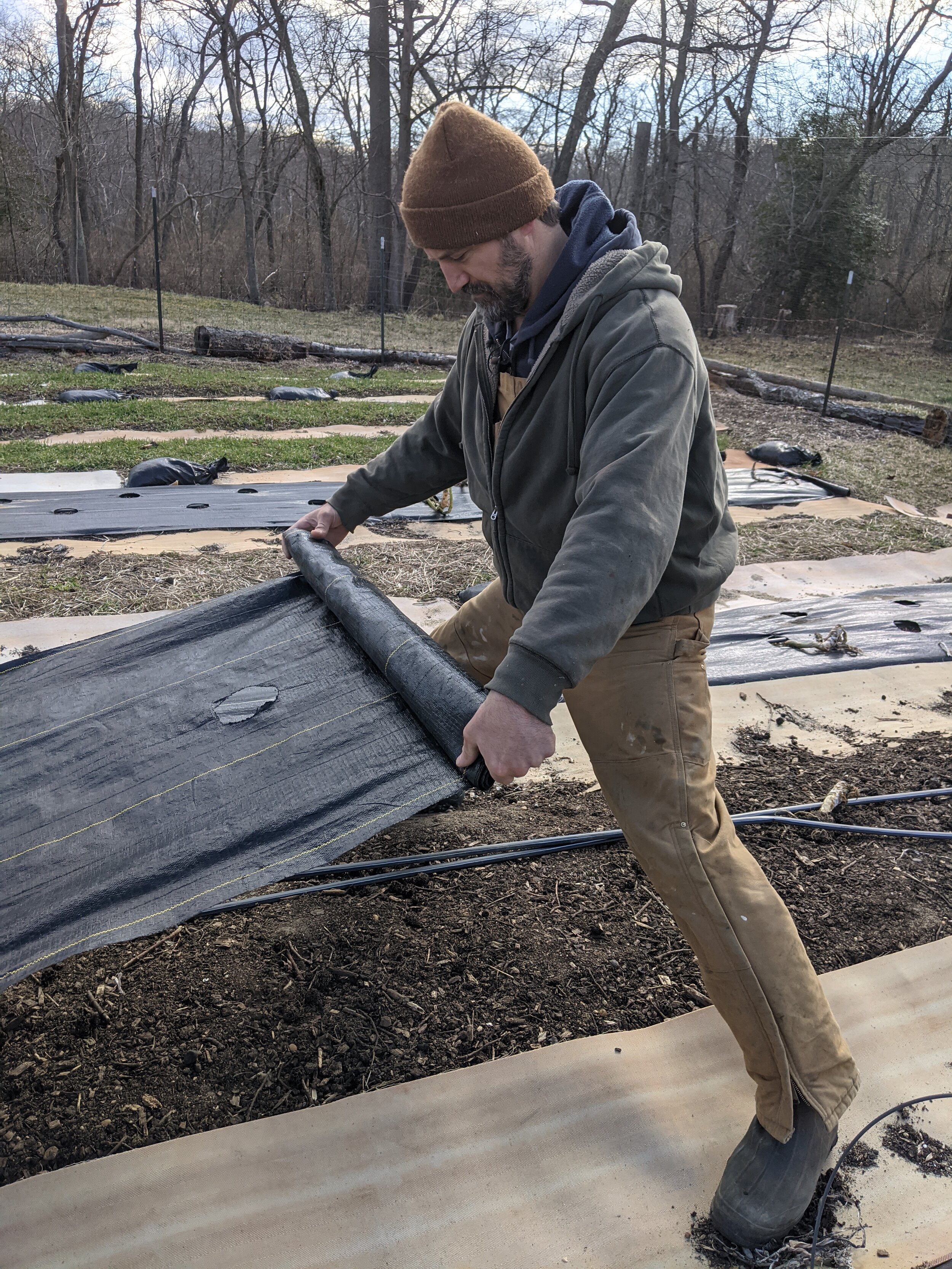
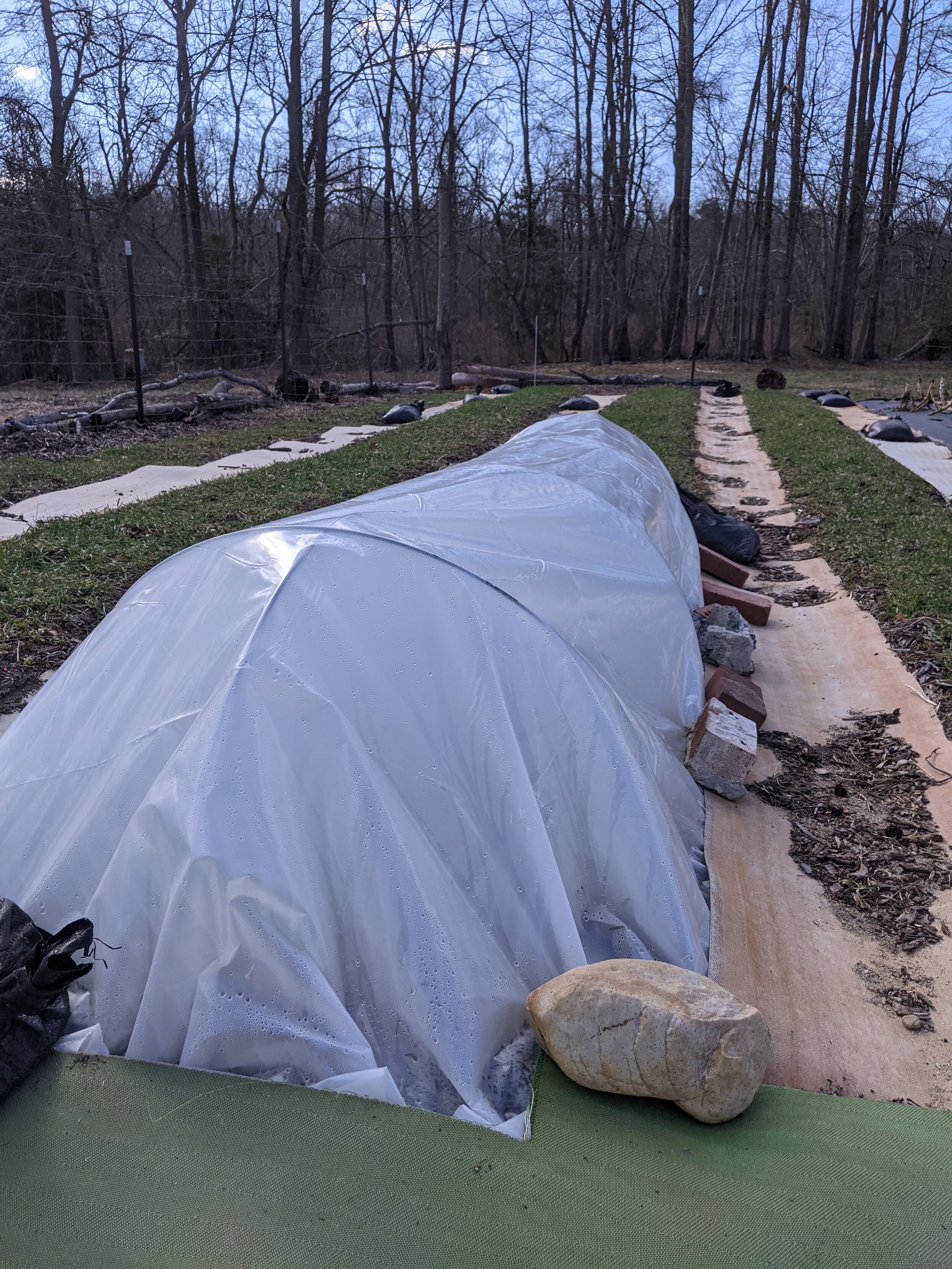


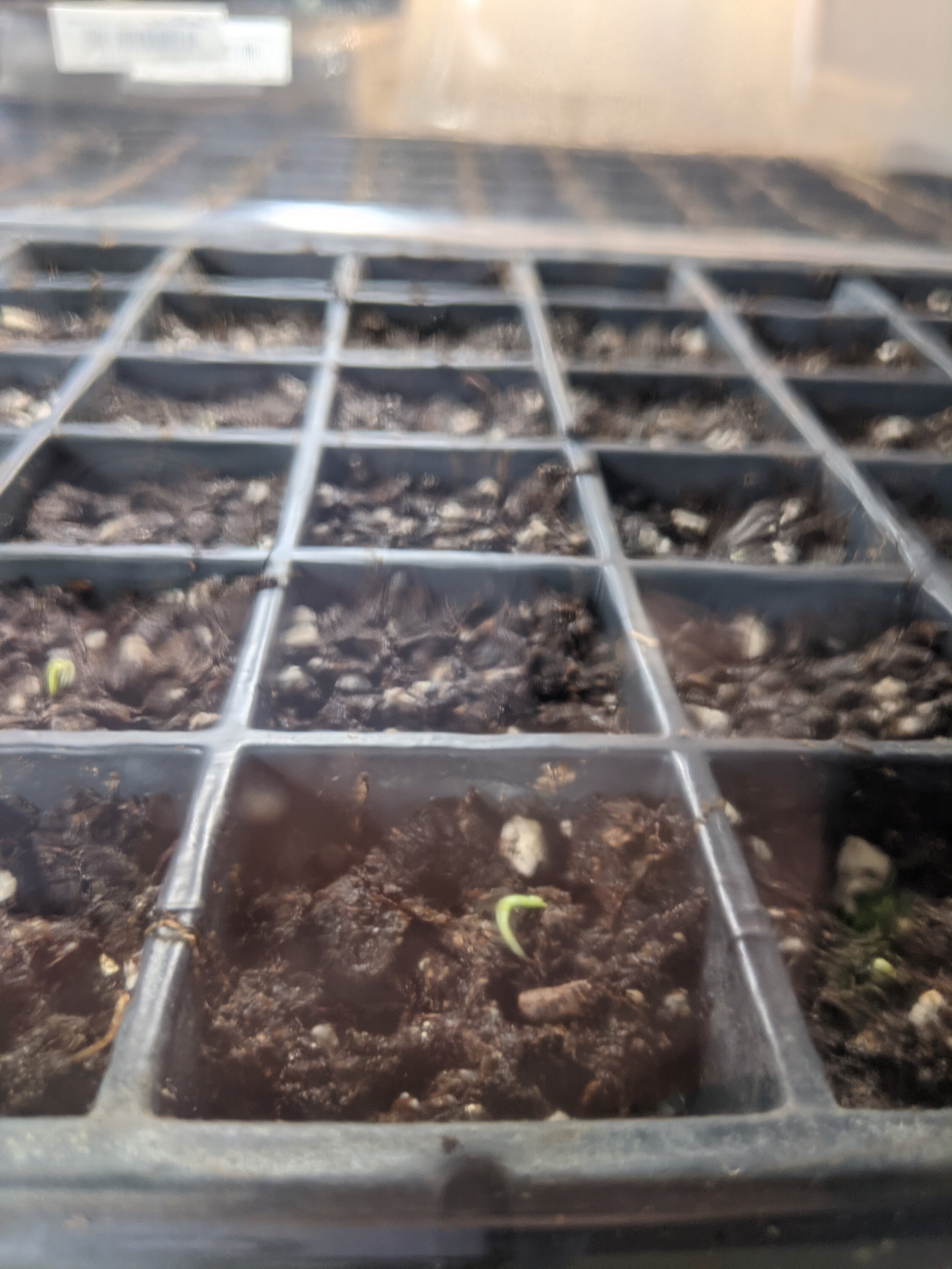
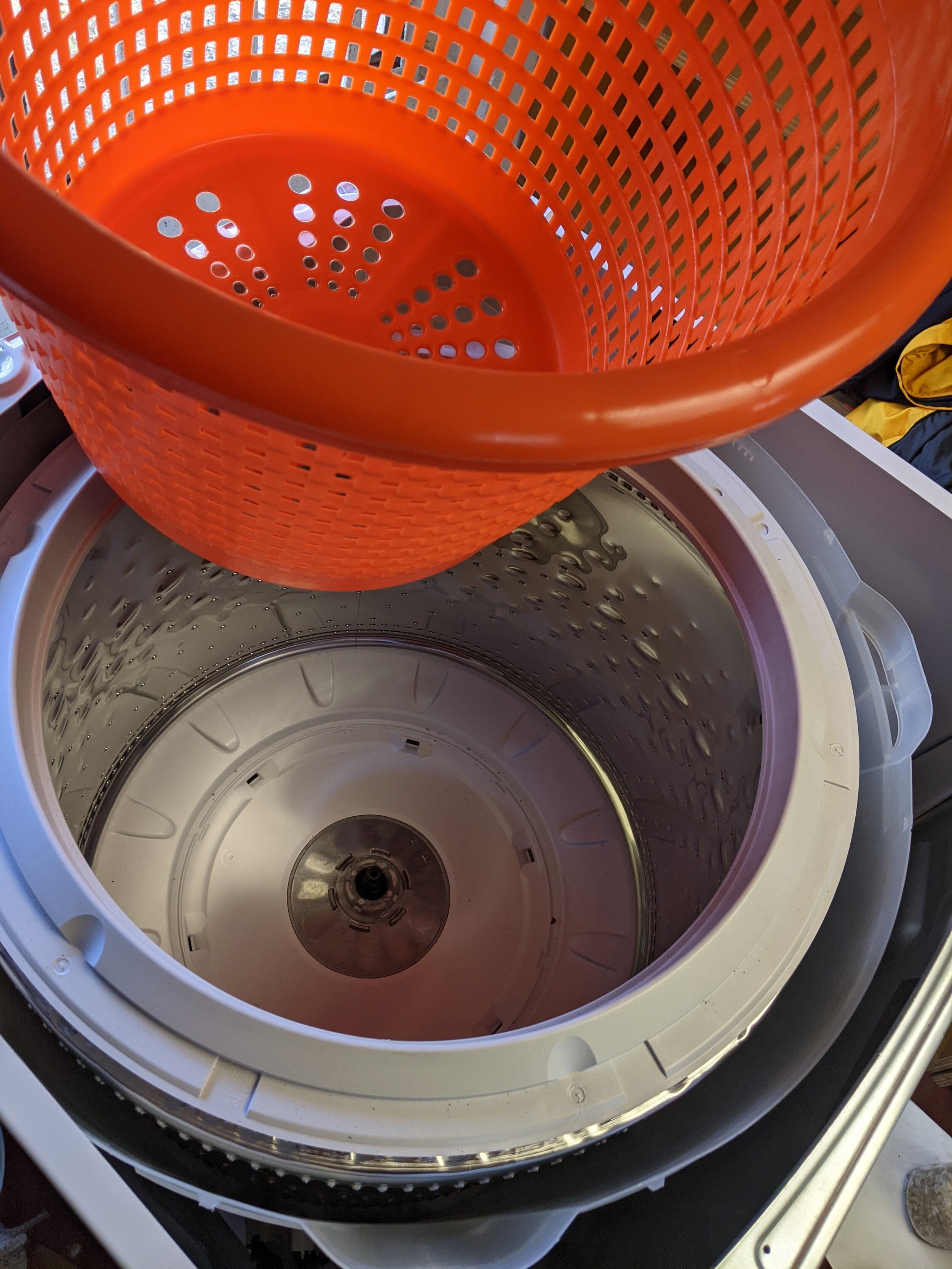

Our pasture-raised, rotationally-grazed, happy hens produce eggs in a variety of colors, including blue, green, brown, dark brown, and white. (While every color can not be promised in every box, we’ll do our best to make a beautiful arrangement for you!)
ALL PRODUCTS ARE AVAILABLE FOR PICK-UP ONLY.